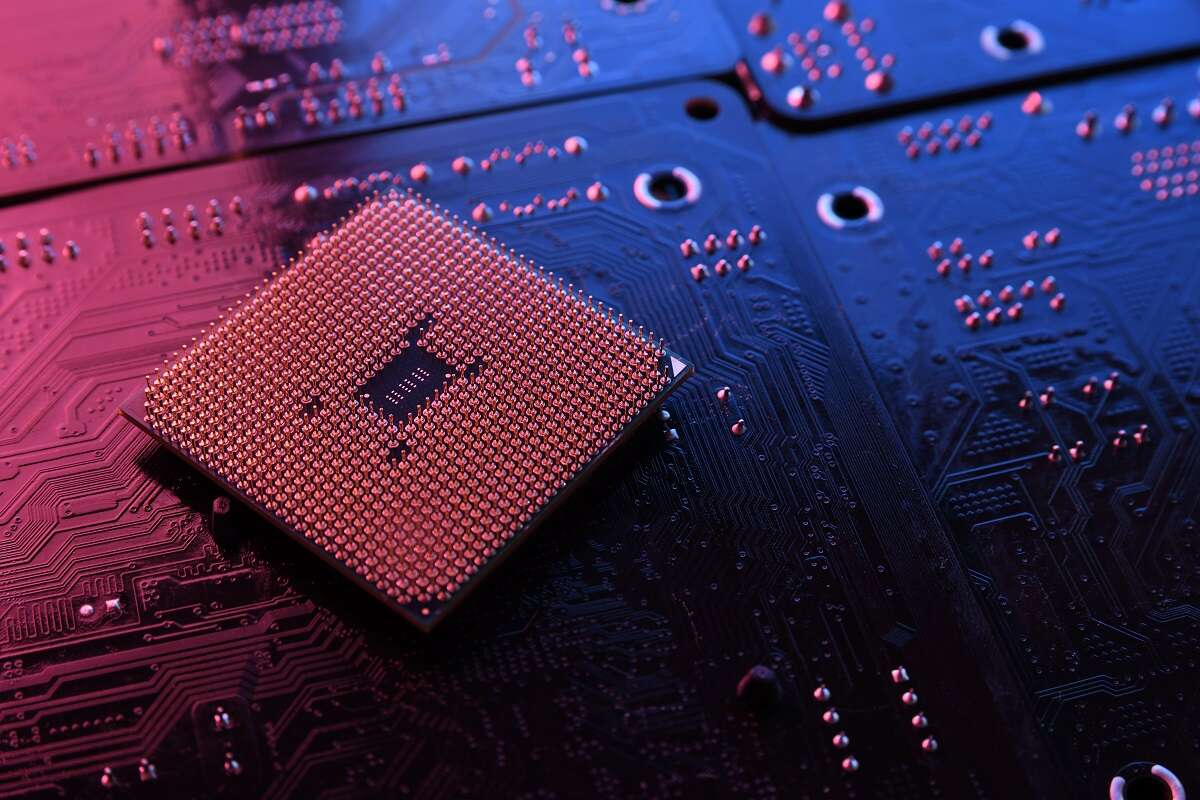
Intel could be the anchor investor in the upcoming IPO of UK chip design giant Arm, it has been reported. The two companies produce competing semiconductor architectures, but have been working together in recent months.

Arm is expected to join the Nasdaq market in the US later this year, with parent company SoftBank hoping to raise $8-$10bn in the float. It decided to take the company public again after a proposed takeover by Nvidia was blocked by regulators.
Now Intel is said to be in talks with SoftBank about anchoring the listing, according to Reuters, which cites a source familiar with the discussions.
How Intel and Arm became best of pals
The companies are two of the most important players in the chip design space, but traditionally operate in different sections of the market. While Arm’s low-power, high-efficiency designs have underpinned the mobile revolution and now power the majority of mobile devices, including the iPhone, Intel’s x86 architecture has remained dominant in PCs.
However, the signs are there that this could be changing. Apple has switched away from Intel to its own in-house silicon, designed on Arm architecture, for its Macbook laptops, while Qualcomm CEO Cristiano Amon said in November he expects to see the company’s Arm-based Snapdragon chips to be prevalent in Windows PCs by 2024.
In the data centre, where x86 designs from Intel and AMD have traditionally reigned supreme, Arm chips are also making inroads. Amazon’s AWS has its own range of Arm-based Graviton processors which are used to power a large chunk of its cloud servers, while its hyperscale rivals Microsoft Azure and Google Cloud have been making silicon from Ampere Computing, based on Arm blueprints, available to their customers.
As Arm designs thrive, Intel has been experiencing a series of bumps in the road as it transitions to its new IDM 2.0 business model, which will see it manufacture designs for third parties as well as its own chips. In April, it was announced Intel and Arm were teaming up to optimise Intel’s 18A process technology for producing Arm-based chips.
Intel CEO Pat Gelsinger said at the time: “There is growing demand for computing power driven by the digitisation of everything, but until now fabless customers have had limited options for designing around the most advanced mobile technology.”
He added: “Intel’s collaboration with Arm will expand the market opportunity for IFS and open up new options and approaches for any fabless company that wants to access best-in-class CPU IP and the power of an open system foundry with leading-edge process technology.”
Will Arm remain the ‘Switzerland’ of the chip industry?
Arm’s success has been built on being a neutral player in the chip industry, working with a wide array of vendors. Whether Intel taking a significant stake in the company would impact relationships with the likes of Qualcomm, AMD and Nvidia remains to be seen, but it could be a risky move.
Indeed, it is not the only plan Arm is pursuing that could ruffle feathers with its clients. As reported by Tech Monitor in March, the company is also said to be considering price increases for some of its biggest customers as it implements a new business model which it hopes will increase profitability ahead of the IPO. It would see customers billed based on the value of the final device a chip is used in, rather than the value of the chip itself, and mainly impact customers deploying its Cortex A design, which is used in high-end smartphones.
Tech Monitor has approached Arm and Intel for comment on the IPO report.
Read more:






